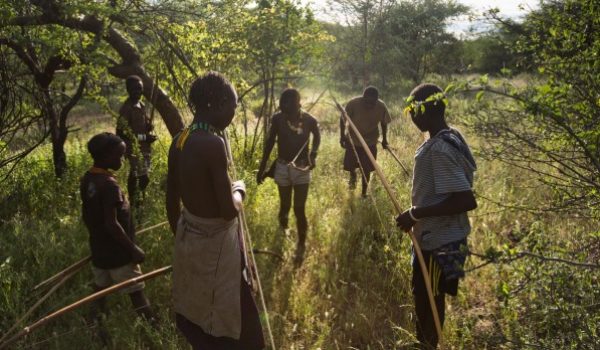
Location
Arusha - Tanzania
info@jayplustoursandtravel.co.tz
Call/WhatsApp
+255713123856


Arusha - Tanzania
info@jayplustoursandtravel.co.tz
+255713123856

CULTURAL TOUR
The Maasai Tribe
The Maasai are an indigenous ethnic group in Africa of semi-nomadic people settled in Kenya and northern Tanzania. Due to their distinct traditions, customs and dress and their residence near the many national game parks of East Africa, the Maasai are among the foremost African ethnic groups and are known internationally because of their links to the national parks and reserves.
Language – Maa, a language derived from Nilo-Saharan, related to Dinka and Nuer. They also speak the official languages of Tanzania, Swahili and English.
Maasai society is firmly patriarchal in nature, with elder Maasai men sometimes joined by retired elders, determining most major matters for the Maasai tribes. The Maasai people are monotheistic, and their God is named Engai or Enkai.For Maasai people living a traditional way of life, the end of life is virtually without a formal funeral ceremony, and the dead are left out in the fields for scavengers. Burial has in the past been reserved for great chiefs only, since it is believed by the Maasai that burial is harmful to the soil.
Traditional Maasai people’s lifestyle concentrates on their cattle which make up the primary source of food. Amongst the Maasai and several other African ethnic groups, the measure of a man’s wealth is in terms of children and cattle. So the more the better. A man who has plenty cattle but not many children is considered to be poor and vice versa. A Maasai myth says that God afforded them all the cattle on earth, resulting in the belief that rustling from other tribes is a matter of claiming what is rightfully theirs, a practice that has now become much less common.
Traditionally, the Maasai music comprises of rhythms rendered by a chorus of vocalists singing harmonies, all the while the olaranyani (song leader) sings the melody. The olaranyani is usually the person who can best sing that song. The olaranyani starts singing the namba of a song and the group responds with one unanimous call in acknowledgment. Women recite lullabies, hum songs and sing music that praises their sons.
One elision to the vocal creation of Maasai music is the function of the horn of the Greater Kudu to summon morans (initiates) for the Eunoto ceremony (a coming of age ceremony). The ceremony usually lasts ten or more days. [And the singing and dancing around the manyattas involve flirting. Young men will line and chant and the women stand in front of them and sing in counterpoint to them. Contemporary Hip Hop musicians from northern Tanzania are now incorporating traditional Maasai rhythms, chants and beats into their music.


The Hadza are a modern hunter-gatherer people living in northern Tanzania. They are considered one of the last hunter-gatherer tribes in Africa with approximately 1,300 tribe members. Their native homeland includes the Eyasi Valley and nearby hills. The Hadza remain an important study focus for anthropologists, as they represent a modern link to ways of human existence and survival largely abandoned by most of humanity.
As a hunter-gatherer society, the Hadza have no domesticated livestock, nor do they grow or store their own food. The Hadza survive by hunting their food with hand-made bows and arrows and foraging for edible plants. The Hadza diet is primarily plant-based but also consists of meat, fat, and honey. They create temporary shelters of dried grass and branches, and they own few possessions.
The Hadza speak a unique language known as Hadzane, which incorporates clicking and popping sounds as well as more familiar sounds. According to their own history, which they preserve through oral tradition, the Hadza have lived in their current environment bordering the Serengeti plains since their first days as a unique group.
Visitors to Tanzania have the opportunity to witness a hunting demonstration by these proud people, with early morning hunting excursions a fantastic opportunity to see just how these people have survived in the wilderness while other tribes have given in to pressure from the modernising world.
A Hadzabe man cutting wood to be used in the construction of spears, housing etc. Whether overnighting in nearby lodges or travelling across from Karatu, visitors can join an early morning hunting demonstration before exploring the Lake Eyasi region by car or on foot.

